CLOUDFLARE TECH GLITCH: ARE WE LIVING INSIDE A DIGITAL TIME BOMB?
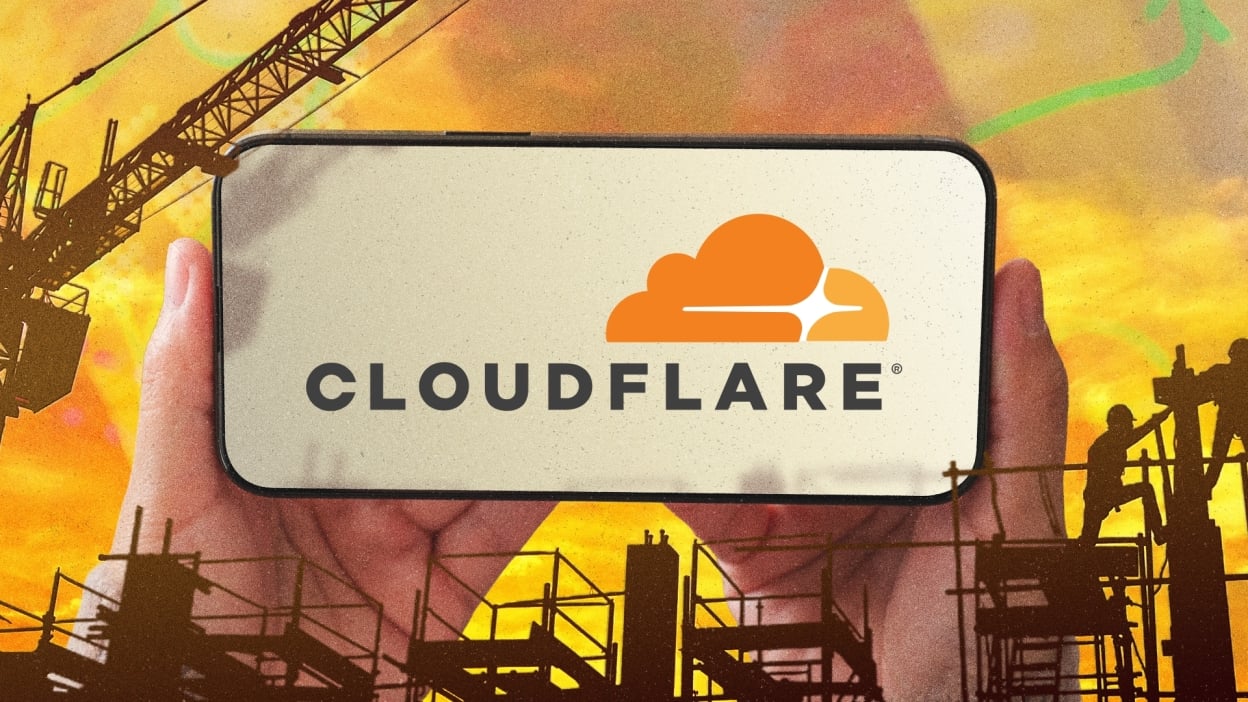
The recent global tech glitch at Cloudflare that disrupted access to major platforms such as X and ChatGPT serves as more than a mere inconvenience; it is a stark reminder of how precarious the modern web has become when so much hinges on a few dominant infrastructure providers.
When thousands of users around the world awoke to server-error messages on their devices and pleas to “please unblock challenges.cloudflare.com to proceed,” what we witnessed was not simply a localized bug, but a rupture in the arteries of the internet itself.
The fact that a latent configuration file error, triggered by a routine update, grew beyond its expected size and crashed the software system responsible for critical functions underscores how a single point of failure in one company’s system can ripple into a systemic blackout, exposing how deeply the architecture of the internet is centralised.
THE OUTAGE THAT SHOOK THE INTERNET’S ILLUSION OF STABILITY
This meltdown, which Cloudflare itself said began with an “internal software failure” in the early hours of Tuesday and was later attributed to a spike in unusual traffic, is more than a technical footnote; it raises existential questions about our dependence on monolithic service providers that power a vast chunk of global web traffic. According to reports, Cloudflare’s network supports around 20 percent of all websites.

When that kind of concentration exists, a glitch in its security, traffic routing, or bot-mitigation infrastructure becomes not a company problem but an internet problem, one of global concerns. What does it mean for the average Internet user? What does it mean for governance, and what does it mean for the very notion of a free and stable web when one misconfiguration can cascade into a widespread outage?
If we consider the broader implications, the Cloudflare incident is not isolated. Just recently, Amazon Web Services has also suffered significant disruption, showing that even the most massive infrastructure players are vulnerable. This is not to blame Cloudflare or even question AWS, but rather to highlight a more uncomfortable truth: our global digital ecosystem rests on a few pillars, and when any one pillar cracks, the roof caves in. The Cloudflare fault was not malicious, the company insists; there was no evidence of a cyber attack, but even without malevolent actors, the effect was catastrophic. A latent bug in the bot-mitigation system, a routine configuration change, and suddenly the internet stutters, services go dark, and millions are locked out, and businesses, enterprise, Startups and even personal apps are on hold.
THE FRAGILITY OF A DIGITALLY CENTRALIZED WORLD
What many Internet users have not fully understood is the deeper implication of situations like this, that we may all be tied to a time bomb as long as we rely on too few providers for our digital infrastructure. When the majority of high-traffic websites and critical applications depend on a small number of intermediaries, concentration risk becomes systemic risk. This centralisation of power means that these providers effectively act as digital gatekeepers and choke points.
If Cloudflare or AWS, or Azure falter, entire swathes of the internet falter too, and not just a handful of startups or nonessential services. This is not just a matter of redundancy or best practices for tech firms; it is a fundamental issue of architectural fragility and the structural monopoly on which most of the services operate.
It would be naive to assume that all tech organisations willingly accepted this risk. The convenience, the global presence, the performance improvements, and the integrated security features that Cloudflare provides make it a compelling choice, but convenience should not blind us to danger. The outage shows that optimising for performance and scale without equally prioritising redundancy and distributed risk is a flawed design. When companies rely solely on a single provider for content delivery, security, and traffic management, they are building their digital houses on shaking grounds I daresay. The question then becomes: how do we redesign our digital infrastructure to resist such shocks, to withstand spikes and unexpected configurations, and to ensure that the failure of one node does not disable so many services?

There is also a political and economic dimension to this problem. Cloudflare’s dominance gives it enormous influence over the flow of data, over security decisions, over who gets priority, and over how quickly traffic can be restored when things go wrong.
That gatekeeper status comes with responsibility, but it also concentrates risk in ways that may not be transparent to the people and organizations that depend on it. When that concentration exists, governance questions become unavoidable: who should hold these infrastructure providers accountable, what safeguards should be in place, and how can we manage or regulate this dependency without stifling innovation?
On a societal level, the outage is a wake-up call, forcing us to confront how fragile our digital modernity really is. For a generation that assumes constant connectivity, the notion that an entire class of services could blink out with a bug is disconcerting. It reveals that much of what we take for granted, seamless chat, financial transactions, access to news, education, something as normal as listening to music and critical infrastructure, rests on fragile technological foundations. In other words, our digital lives are more precarious than we might like to admit.
But there is also an opportunity in a crisis. The Cloudflare outage could catalyse a reckoning, a push toward more resilient, decentralised architecture. We can rethink how content delivery networks are structured.
We can encourage providers to build true failover systems, to avoid single points of failure, to distribute risk across multiple providers and geographies. We can incentivise redundancy, not just for large corporations, but for the backbone of the internet. We can demand transparency from major infrastructure players about how their systems fail, how they recover, and how they prevent recurrence.
Moreover, this moment could spur regulatory and policy attention. Governments and industry bodies could explore frameworks that treat critical internet infrastructure not just as a commercial service, but as a public good, given how embedded these services have become in national economies and social life. If Cloudflare or AWS is as vital to societal functioning as electricity grids, then perhaps we need regulatory guardrails to ensure that outages are minimised, that recovery is swift, and that accountability is enforced when failure occurs.
Of course, building redundancy is costly, and smaller firms may lack the resources to replicate their entire infrastructure across multiple major providers. But that is precisely why shared risk structures, industry coalitions, and collective resilience strategies should become part of the conversation.
It's not enough for big tech firms to whisper about backup providers; we need visible, committed strategies to decentralise core parts of the web. We need fallback routes, alternative CDNs, and distributed security layers. The architecture of the internet should not be shaped by monopoly, but by collaboration.
Critics might argue that outages are inevitable and that no system is infallible. They would be right. But they would also be admitting that our current architecture tolerates too much fragility at scale.
When millions of users are disrupted by a single configuration bug, that scale of fragility is unacceptable. The Cloudflare incident shows that catastrophic risk is not theoretical but real, and that failure at one provider can cascade across the global web. That is not just a technical concern, it is a societal concern, a risk to the digital public square, and a vulnerability for anyone who depends on internet access. This is one that concerns a generation that can no longer live a minute without being on the Internet.
We need to acknowledge that digital inequality intersects with this fragility. Regions where internet access is already limited may be disproportionately impacted when infrastructure providers falter.
Outages may deepen existing divides. The digital dependency of critical services, education, finance, health information, means that a Cloudflare-level crash is not just a momentary annoyance but a potential crisis for communities who lack alternative access or resilience.
At the same time, the Cloudflare outage highlights the need for digital literacy about infrastructure risk. Users rarely think about who is powering the websites they use, who is securing their data, and how networks route their requests. But these invisible forces have real power.
We should encourage a public discourse that elevates infrastructure transparency, that demystifies the network layer, and that empowers citizens to demand more robust systems. When the public cares about infrastructure risk, it becomes harder for concentration to go unchecked.
THE DEEPER IMPLICATION: A GLOBAL DIGITAL DEPENDENCY CRISIS
One of the more sobering implications is that as long as a few players dominate the web’s foundational layers, digital sovereignty remains fragile. Countries, companies, and communities that lack diversified infrastructure dependencies are exposed.
National planners and corporate architects must now reckon with the risk of overreliance. They must ask: what happens if Cloudflare fails again; what happens if AWS or Azure falter; can our systems gracefully degrade, or will they collapse?
At the basis we need to see and understand that Cloudflare outage is not merely a technical incident, it is a cultural reckoning, one that reminds us of the fragility of centralization and the need to build more sustainable means of service provision. It forces us to confront the illusion of connectivity we build our digital lives upon. It exposes the fragility in reliance on outsourced infrastructure, and it demands that we rebuild with intentionality. We must move beyond complacency, beyond assuming that uptime is guaranteed, and beyond accepting that a bug at a central provider can black out a significant portion of the internet.
CONCLUSION
This glitch should inspire a new era of more infrastructural development: companies will need to architect for failure, not just success, more like serving as a landing ground for issues; regulators will need to treat infrastructure as a public good, not just a commercial service; and users will need to demand more transparency and accountability from the digital gatekeepers on which they depend. It will require coordination, investment, and foresight, but the cost of inaction is too high: dependence on fragile infrastructure risks not just downtime, but systemic vulnerability.
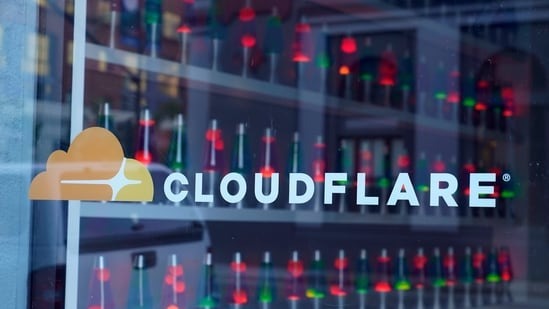
In the end, the Cloudflare incident is a cautionary tale wrapped in a real-world stress test. It illustrates that even the most advanced, globally distributed networks are not immune to cascading failure and glitch when too much concentration accumulates. It shows that connectivity or the thought of it, is not an afterthought, but the very foundation of a stable internet. And it reminds us that in the digital age, infrastructure is more than data, wires and servers, it is the architecture of our collective future, and we must build it wisely, deliberately, and inclusively, so that the next glitch does not feel very overwhelming to the average Internet user or that tech enthusiast.
More Articles from this Publisher
CLOUDFLARE TECH GLITCH: ARE WE LIVING INSIDE A DIGITAL TIME BOMB?

A global outage caused by a major Cloudflare glitch briefly crippled access to various websites and top platforms like X...
While Everyone Chases AI, Bill Gates Is Buying Farmland — What Does He Know That We Don’t?
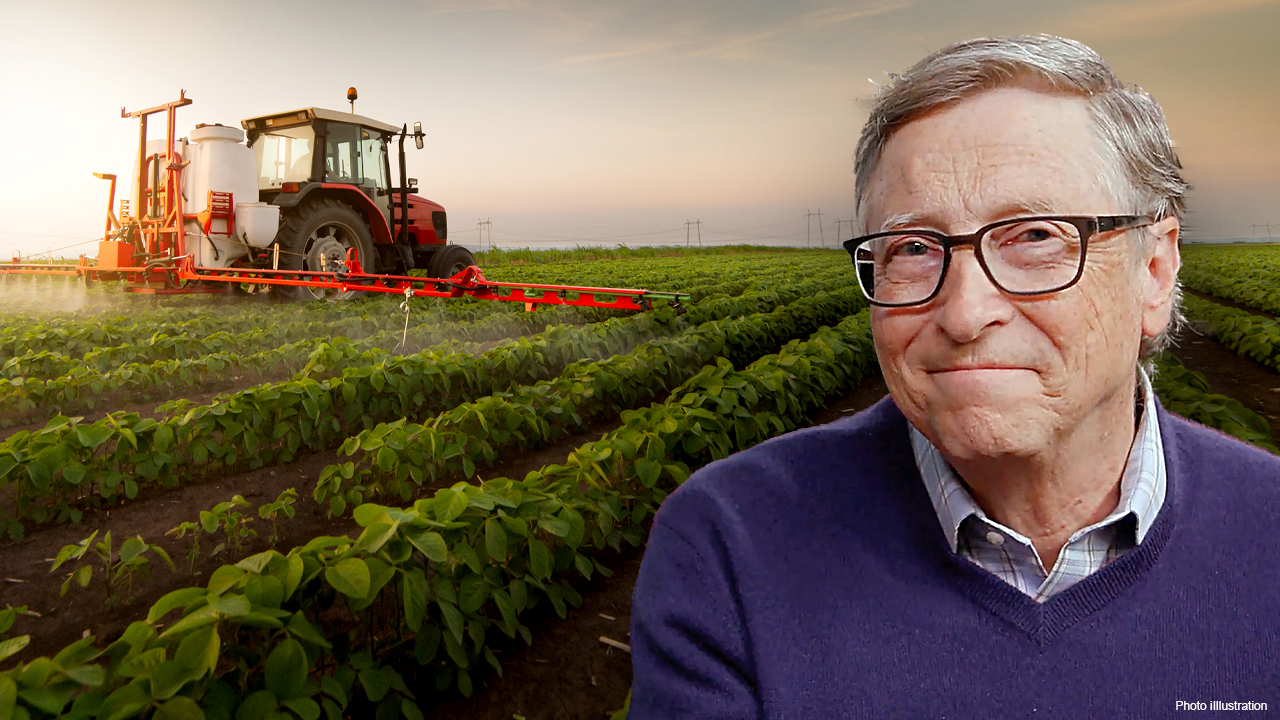
Bill Gates’ purchase of 25,000 acres of U.S. farmland raises critical questions about future wealth, food security, and ...
Nollywood 2025: The Top 5 Must-Watch Movies

Here are the top 5 Nollywood blockbusters of 2025 — Gingerrr, The Herd, Labake Olododo, Red Circle, and Suky — and why ...
The Pastor Who Built an Ecosystem: What Africans Can Learn from Pastor Chris Oyakhilome’s LoveWorld
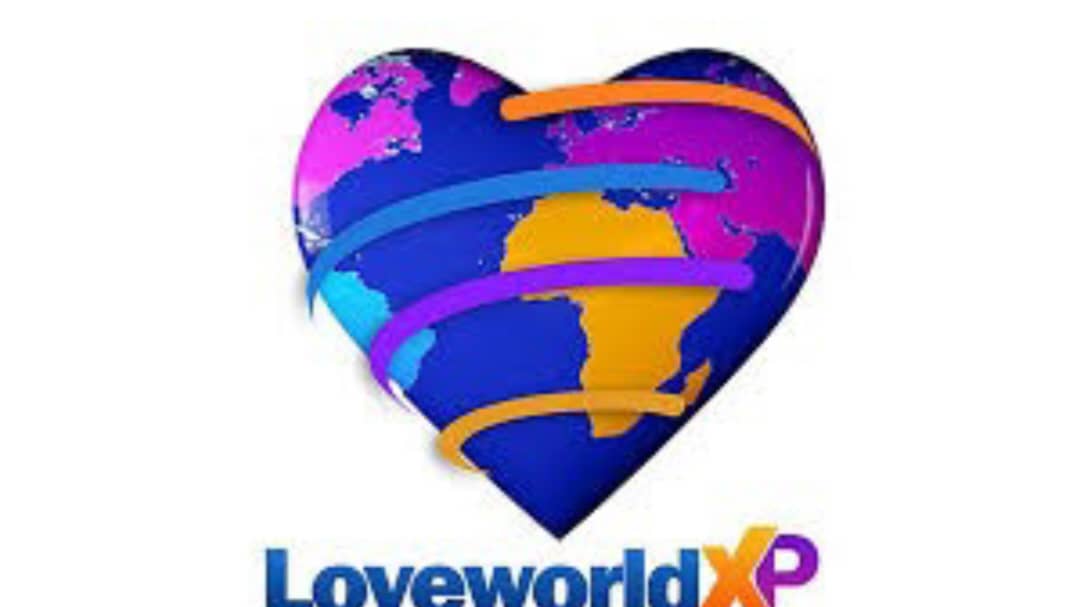
Read about the lifestyle and leadership analysis of Pastor Chris Oyakhilome’s LoveWorld ecosystem, exploring its tech pl...
Africa’s Real Health Crisis Isn’t Disease; It’s Denial
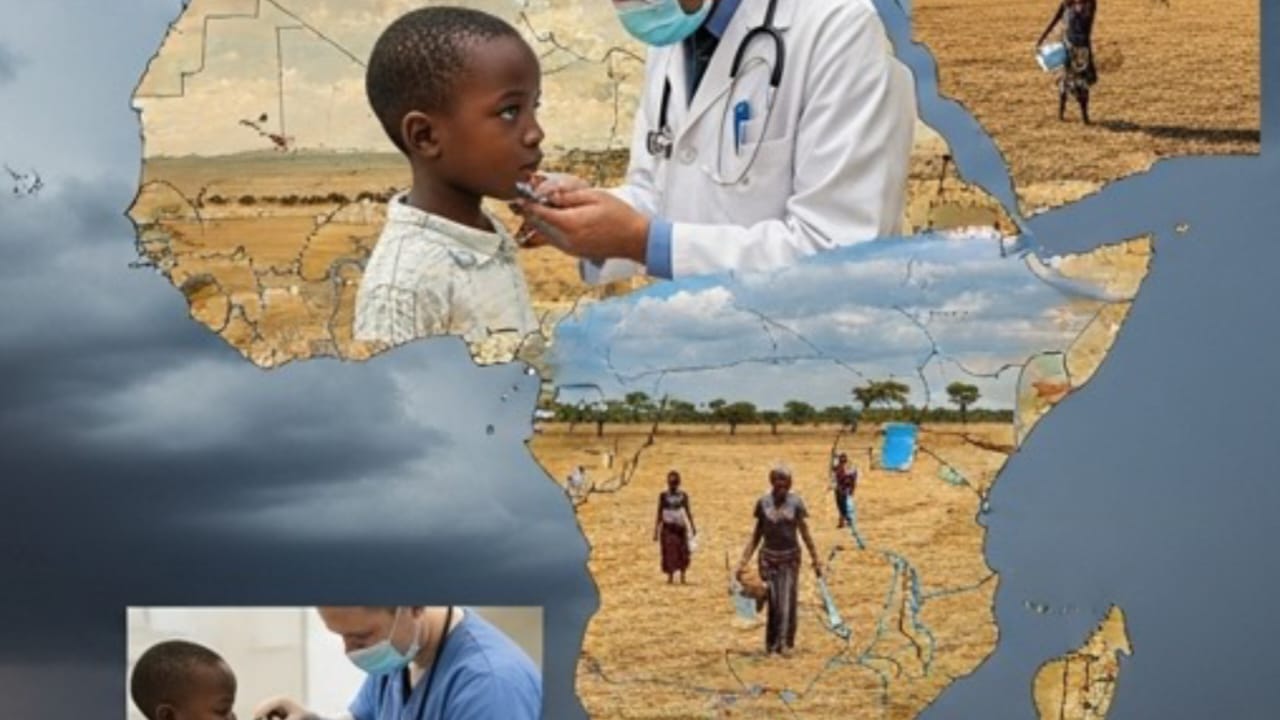
An urgent commentary on how denial, rooted in cultural beliefs, self-medication, and fake drugs, is fueling Africa’s sil...
From Ajo to Hustle Culture: How Informal Saving Habits Shaped Money Mindset.

Could African saving circles like Ajo be shaping the way we hustle, spend, and invest today? Explore how informal saving...
You may also like...
CLOUDFLARE TECH GLITCH: ARE WE LIVING INSIDE A DIGITAL TIME BOMB?

A global outage caused by a major Cloudflare glitch briefly crippled access to various websites and top platforms like X...
The Chemistry of Emotions: Why You Feel What You Feel

Your emotions aren’t random, they’re chemistry in motion. Every heartbeat, every rush, every moment you feel deeply is p...
Affordable Chinese Cars Are Reshaping Africa's Auto Market

Brands such as Chery, Omoda, BYD, GWM, Haval, JAC, Geely, and FAW have entered the African markets and they arrived with...
Are Nigerians Becoming Desensitized to Bad News? Inside the 2025 Wave of National Fatigue
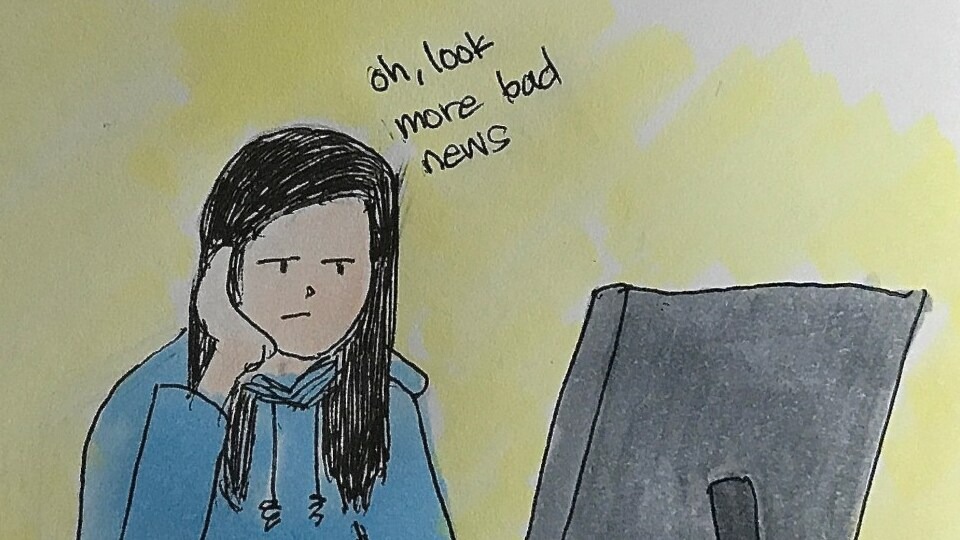
Amid kidnappings, violence, and international tension, many Nigerians are showing signs of news fatigue. Explore the rea...
“God When” Used to Be Cute, Now, It’s a Cry for Help

God when’ used to be a playful caption, but today it reflects the silent pressure, longing, and emotional fatigue many N...
Africa's New Frontier in Disease Research: Local Scientists Are Making Waves in Global Medicine.

African scientists are teasing out biological patterns the world has missed, constructing treatments shaped by lived exp...
Animals See Colours We Can’t Even Imagine

Humans like to believe we see the world in full colour, that our rainbow is THE rainbow. But our vision is only one narr...
While Everyone Chases AI, Bill Gates Is Buying Farmland — What Does He Know That We Don’t?

Bill Gates’ purchase of 25,000 acres of U.S. farmland raises critical questions about future wealth, food security, and ...
